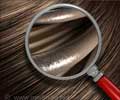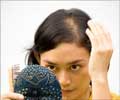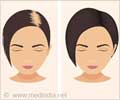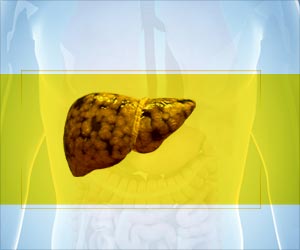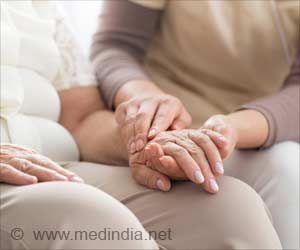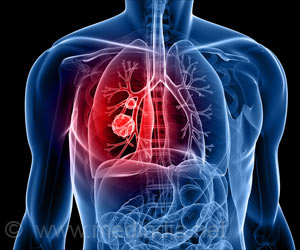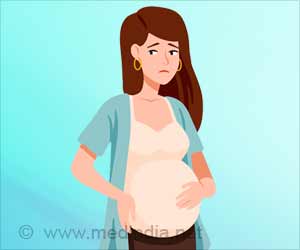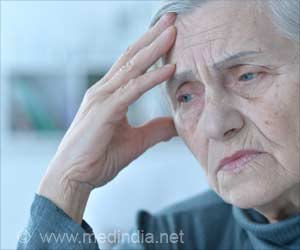Creating healthy cells from flakes of skin and strands of hair plucked from patients, a team of U.S.-based scientists have developed a potential treatment for a rare inherited disease.
Creating healthy cells from flakes of skin and strands of hair plucked from patients, a team of U.S.-based scientists have developed a potential treatment for a rare inherited disease.
Juan-Carlos Izpisua Belmonte, who led the study at the Salk Institute for Biological Studies in La Jolla, California, claims that this is the first study to have suggest that it is possible to repair genetic faults in human cells, and to make batches of healthy replacements that could potentially be used to treat a disease.Writing about their work in the journal Nature, the researchers have describe how they took skin and hair cells from six patients with Fanconi anaemia, a rare genetic defect that leads to bone marrow failure and a greater risk of cancers, such as leukaemia.
People born with Fanconi anaemia are usually diagnosed in early childhood, and rarely survive beyond 30 years old.
In a three-stage procedure, the research team used gene therapy to fix the faulty DNA in the cells they had taken from patients. Thereafter, they used a technique called cell reprogramming to convert these cells into healthy stem cells, which are unique in being able to grow into any kind of tissue in the body.
The researchers revealed that the final stage of the process involved the growing of the stem cells in petri dishes into early stage bone marrow cells, which in principle could be injected into patients to treat their condition.
"We haven't cured a human being, but we have cured a cell. (But) in theory we could transplant it into a human and cure the disease," the Guardian quoted Belmonte as saying.
Advertisement
Belmonte said what made the technique appealing was the fact that it uses a patient's own cells, which would not be rejected by the immune system.
Advertisement
They said that the harmless viruses used in the procedure could cause the cells to turn into tumors.
Scientists are developing alternatives that do not rely on viruses.
"(This work shows) it is possible to reprogram skin cells from these patients into stem cells in which the genetic defect has been corrected. In future it may become possible to transfer the corrected stem cells back into the patient, but much work remains to be done before this can be transferred from the lab bench to the bedside." said Chris Matthews, professor of molecular genetics at King's College London.
Chris Mason, professor of regenerative medicine at University College London, added: "There is no doubt that this paper will be the first of many to offer hope for conditions where today there is no real therapy, let alone a cure."
Source-ANI
ARU



